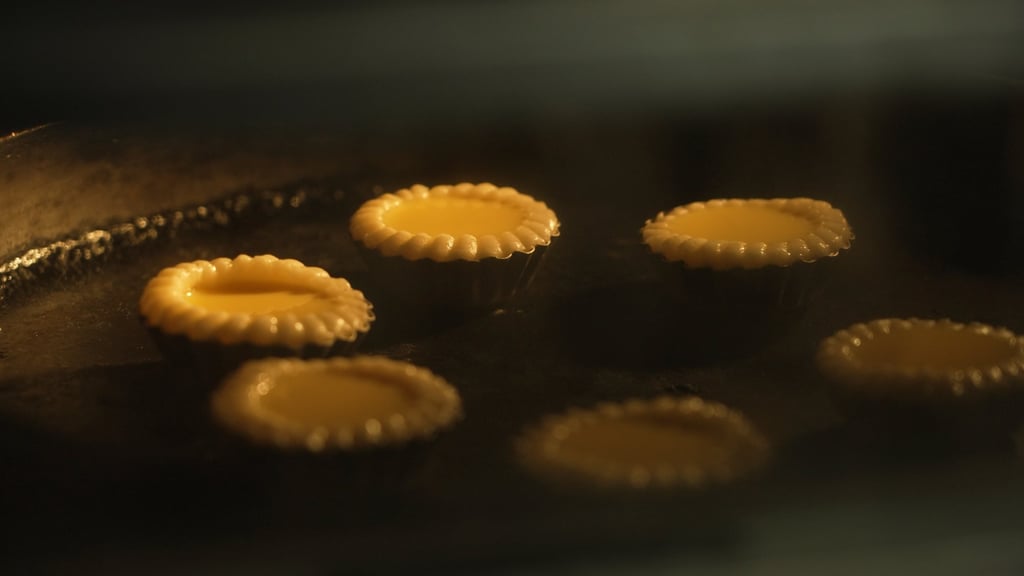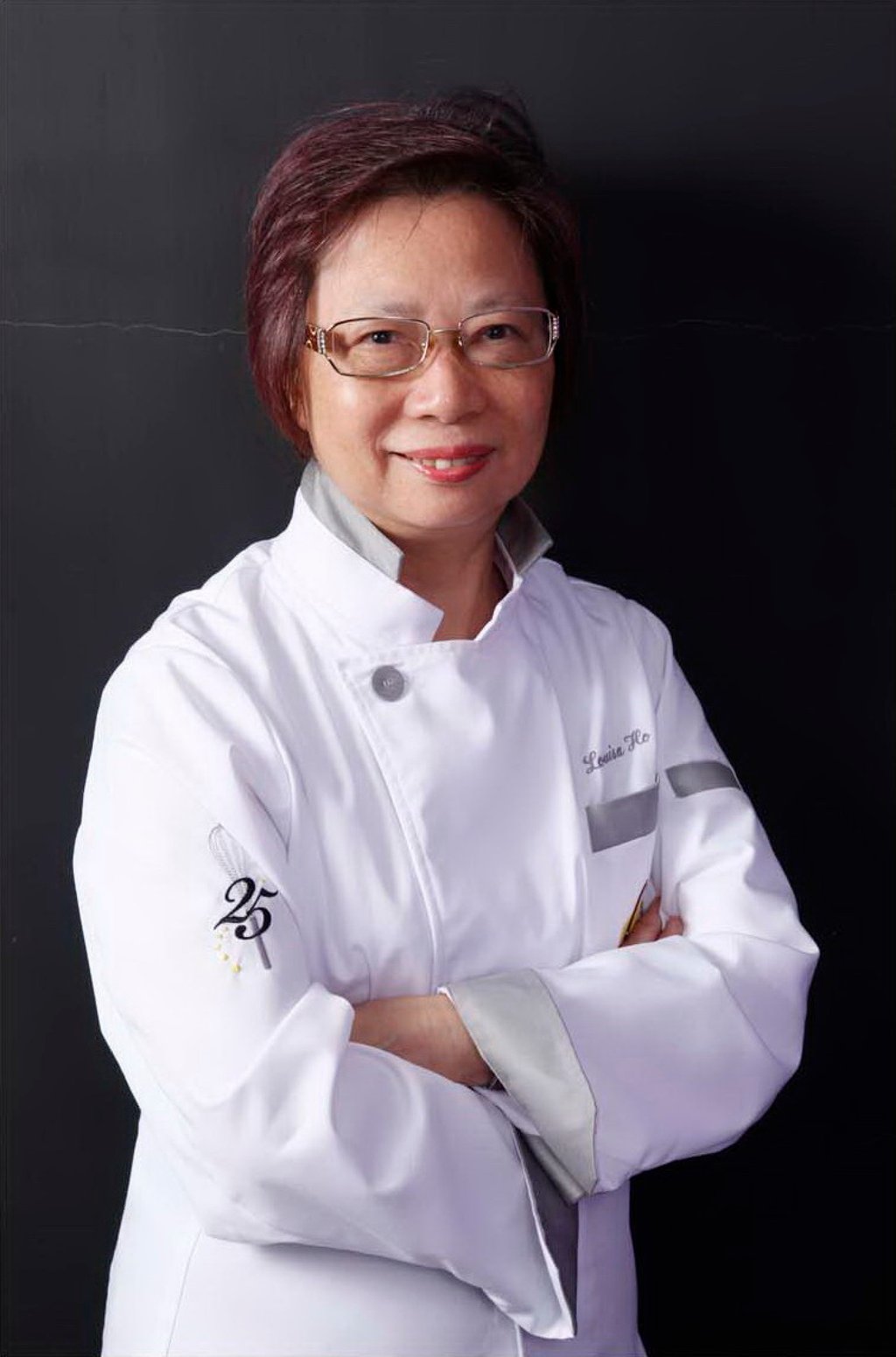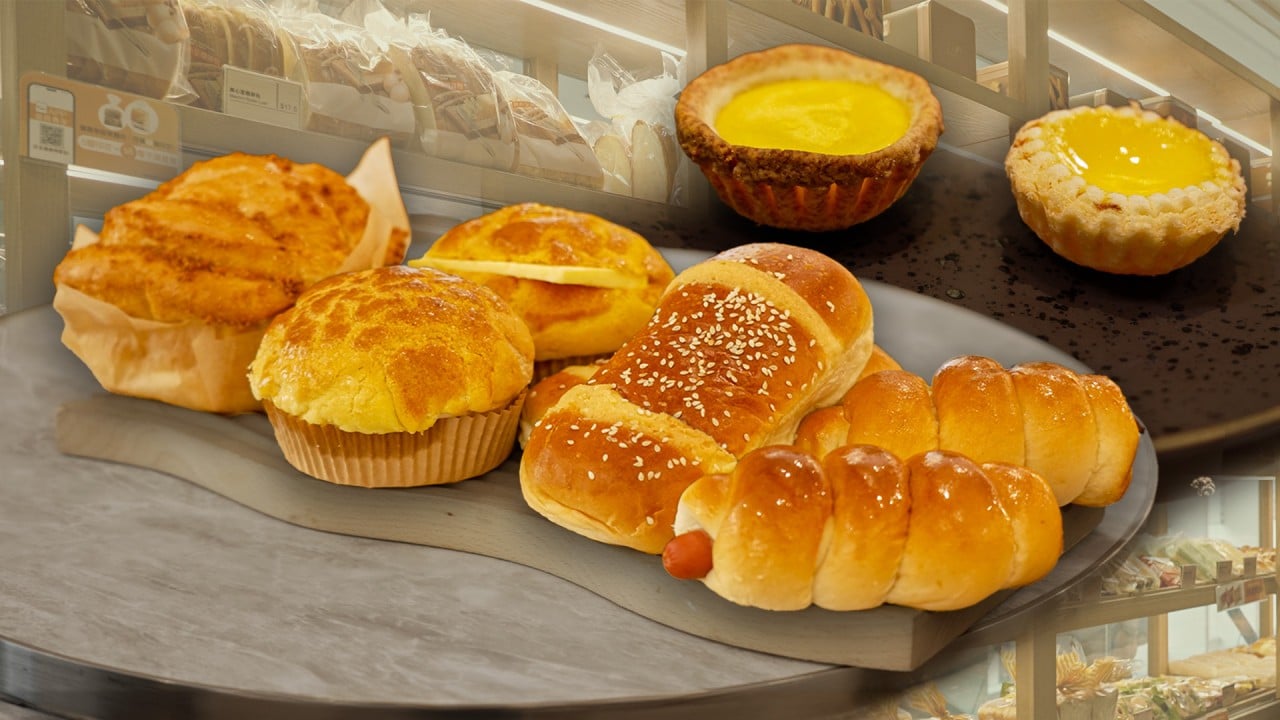“The baked goods in Shanghai and Shandong at that time were very much influenced by Russia,” says Ho. “When the war broke out, many people from these regions fled to Hong Kong and opened many bakeries that sold Russian-style baked goods.”
“Later, Japan occupied Hong Kong for three years and eight months. The Japanese might have requested local bakers to make Japanese-style buns. That was how Hong Kong received such influences and created a vast variety of baked goods.”
Ho followed in the footsteps of her older brother by studying at the Cardiff College of Food Technology, in Wales, at the age of 14, meaning she did not have to study for high school matriculation.
“Back in the 50s, as long as a school accepted you, you could get a student visa. It didn’t matter that I hadn’t finished high school yet.”
Ho studied for her diploma with fervour, and received positive feedback for her performance.
“Even back then, we had to study the effect of different gluten levels in dough. I remember chemistry was tough for me,” she says.
She returned to Hong Kong to work for Odense, the bakery famous for its Kjeldsens Danish butter cookies. She would go on to create the curriculum for training professional bakers at the Haking Wong Industrial School, now one of the campuses of the Hong Kong Institute of Vocational Education.
“Bread is really just made with flour, water, yeast and salt. Based on these ingredients, you can create a savoury dough, a sweet dough, a white bread loaf dough or a baguette dough. Once you master these four types of dough, you can create countless types of buns,” Ho says.
“Take the ham and egg bun as an example; Hongkongers prefer to have it made with a sweeter dough. It is very strange.”
“If you go to the UK and order savoury bread, you expect it to be made with savoury dough. But Hongkongers really like sweet buns. No matter what kind of buns they are making, the sweet dough does it all.”
One item in particular tells the story of Hong Kong’s resilient spirit – the cocktail bun.
When bakers started baking bread for the Hong Kong market, it wasn’t as widely accepted as it is today. Plain loaves and even brioches did not sell well because Hongkongers lacked expensive butter and condiments like jam in their pantries.
“There were often leftover bread or cake scraps in the bakery, and the bakers thought it was a waste to throw them away,” Ho says. “So they mixed the scraps together, added some shredded coconut and milk powder and made it into a filling. They put some cream and sesame on top as decoration. This became the cocktail bun.”

Some believe it was inspired by the Japanese melon pan, which has a very similar appearance and texture and has been baked in Japan since the 1930s. It is not hard to imagine the recipe coming to Hong Kong during the wartime occupation.
Others point to the concha, a seashell-shaped sweet roll from Mexico which has a sweet and salty dough and a cracked topping.
However, Ho has a different explanation based on conversations with older members of her association. “The pineapple bun came from Hong Kong-style cafes after World War II,” she says. “Some bakers borrowed the concept of Chinese walnut cookies and applied it to a bun.
“The idea was to create a topping like the walnut cookie on the bun. The surface would crack, making it look like a pineapple. As you know, there’s no pineapple in the bun, so that’s how it got its name.”

“From what I heard from the senior chefs, the origin of [Hong Kong] egg tarts can be traced back to the 1920s, to Western-style fruit tarts,” says executive chef Leung Yu-king of Shang Palace in Tsim Sha Tsui.
“It became popular in Guangzhou in the 1940s. Then this trend came to Hong Kong and flourished here.”
“Basically these tarts made with cookie crust were considered higher-end food for Westerners at the time. It’s a kind of dessert enjoyed by more affluent people,” Leung adds.
Hong Kong-style egg tarts can have crusts made with cookie dough or flaky pastry. Leung says: “Cookie crust should be the original one, as it has the same crust as the fruit tart. The puff pastry egg tart was a later invention.”
Nowadays Hong Kong bakeries sell a big variety of buns: sausage buns, char siu brioche buns, tuna buns … the list just goes on and on, and will keep on growing.

Wong Piu is the executive pastry chef at Maxim’s Cakes, which started as a corner shop bakery in the 1960s. It is now one of the largest bakery chains in the city, with more than 160 outlets. He thinks the significance of Hong Kong bakeries is often overlooked because people see baked goods as necessities.
“I think it is a breakfast culture because Hongkongers are always in a rush to work or to school. Many people just need to grab a bun and a drink and go on their way. It’s convenient and quick.”
“Hong Kong people get very excited about new foods or new dining experiences. The trend changes all the time,” Wong says. “We strive to keep up with what Hongkongers like, and create at least one or two new products every month.”
With their resilience, constant innovation and legacy of Russian, Japanese and Chinese influences, bakeries in Hong Kong embody the city’s spirit, even if their goods are often taken for granted as a quick way to satisfy hunger pangs.
What’s more, wherever in the world there is a big enough community of Hongkongers, you are sure to find a bakery serving their needs.







